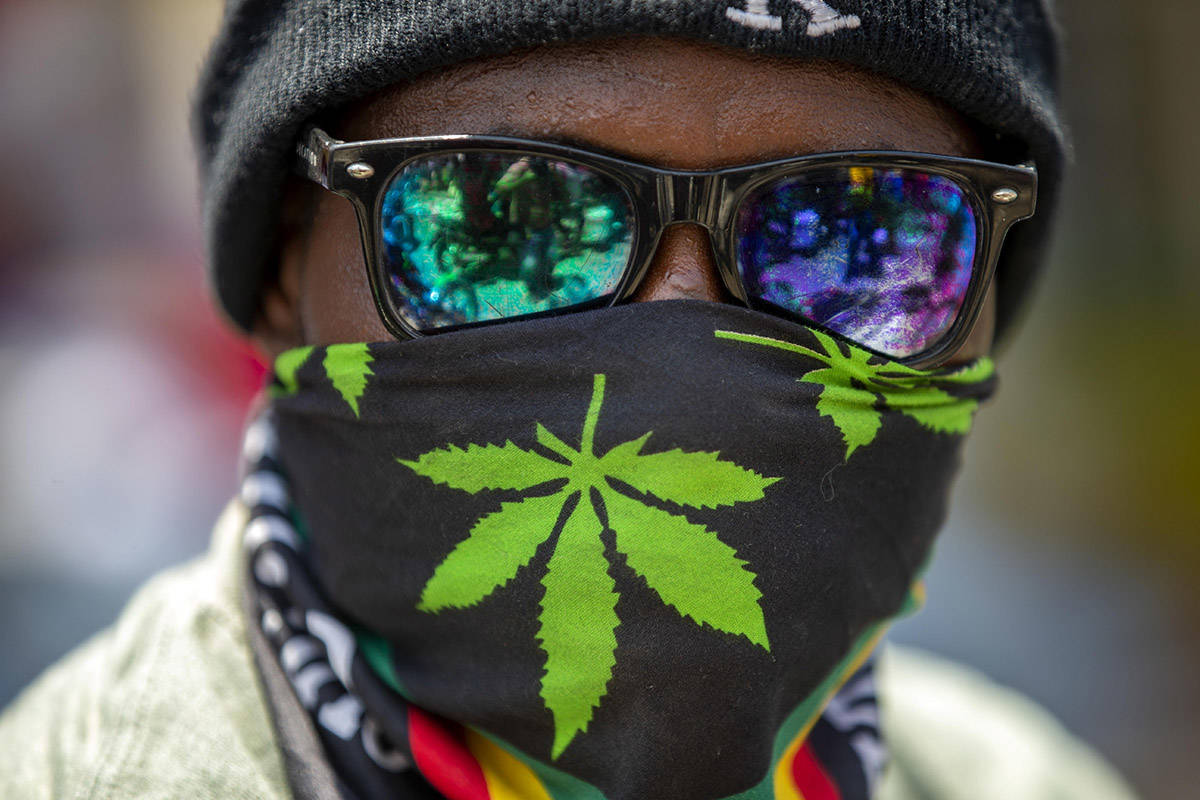By Sheldon Smith
Climate change is here. Earth’s temperature is rising annually.
Cannabis has long been considered an eco-friendly plant, a symbol for peace and love that has been around for thousands of years. Despite this, questions are being raised about just how green the cannabis industry truly is.
ALSO READ: Is it time to start thinking about greener ways to package cannabis?
With Canada’s cannabis legalization in 2018, production has rampantly increased, soaring to new heights of cultivation. And, as with many industries, growers are reliant on the use of fossil fuels and energy to conduct business.
For Canadian growers, climate is one of the biggest challenges. Harsh winters and volatile temperature swings limit a producer’s outside growing season, forcing them inside where the need to control temperature, lighting, water levels, humidity and CO2 levels all create sustainability challenges
In response, growers are setting limits and making adjustments in order to monitor their carbon footprint.
WATCH: This family will soon be cultivating the largest sun-grown cannabis harvest in Canada
Conservation efforts can include collecting and recycling condensate water, using LED lights, and compostable packaging.
One sustainability problem facing the industry right now is its use of plastic packaging, which is a petrochemical derivative.
Anyone who has been into a dispensary and purchased cannabis knows just how much single-use packaging and plastic comes with the product, and is subsequently discarded.
Technological advancements in the cannabis field have and are continuing to reduce the impacts of climate change, as well as reducing their carbon footprint.

